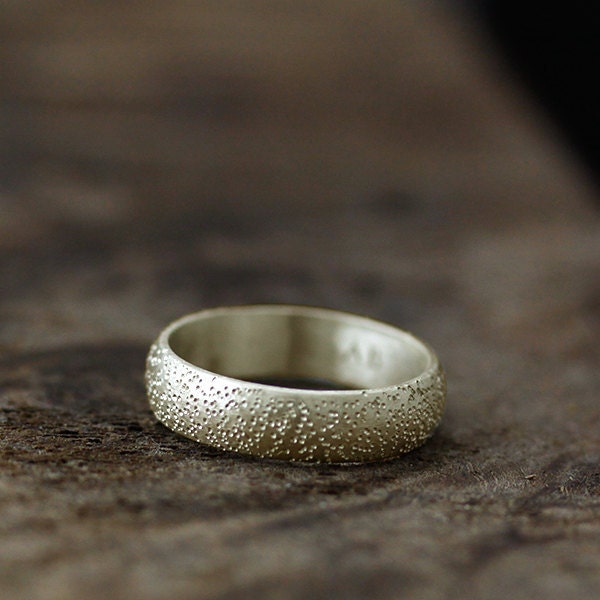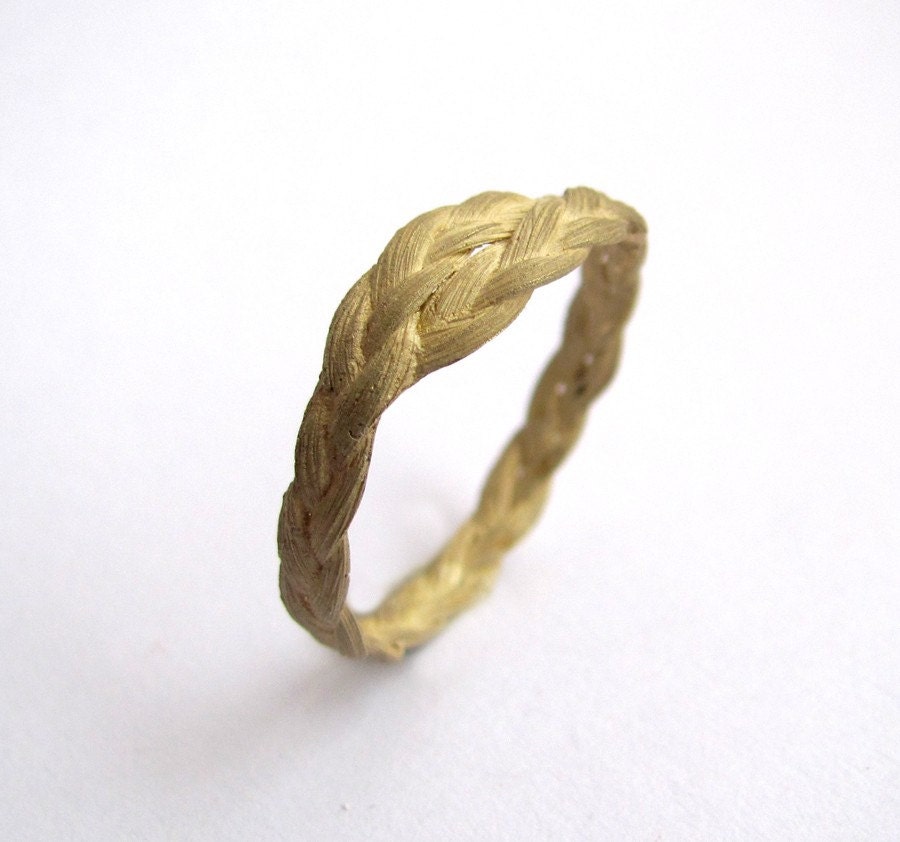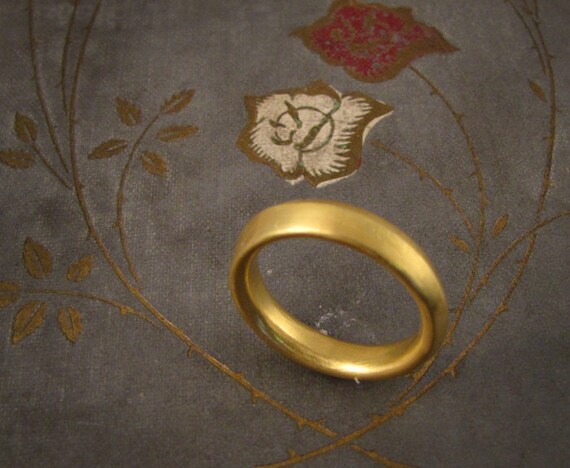Though weddings are as unique as the individuals getting married, the traditions involved are unquestionably routine. Their origins, however, are quite surprising.
Diamond engagement rings are a relatively new introduction to the wedding canon, but as this handy timeline shows, exchanging bands dates back to 3000 B.C. Ancient Egyptians traded rings made of plants to represent their betrothal and, it’s widely believed, wore them on the left hand to symbolically connect with a vein they thought went straight from the third finger to the heart.
By 1500 B.C., metal became the ring material of choice, and gold gained prevalence in Medieval Europe. In the U.S., however, the wedding band’s start was more domestic than romantic. As Jaclyn Geller explains in Here Comes the Bride: Women, Weddings, and Marriage Mystique, during America’s colonial period a woman was often given a thimble from her fiancé when they got engaged (which makes sense, as she’d likely spend the rest of her married life darning socks and mending clothes). After they were married, “the cup of the thimble was cut off and its plain top became her wedding band,” writes Geller.
At this point in American history, husbands didn’t wear wedding rings and it stayed that way until — surprise! — jewelry companies decided to tap the male market, according to Vicki Howard. Though the “double-ring ceremony” was first pushed on couples by jewelers in the 1920s, Howard reveals that it wasn’t popular enough to become tradition until World War II shifted the country’s mindset: “weddings, marriage, and ‘masculine domesticity’ became synonymous with prosperity, capitalism, and national security.”










2
Sign in to add your ownDawanna Young from peacesofindigo says:
Thank goodness we've moved past the days of the thimble! :) Lovely choices~
13 years ago
Barbara Polinsky from bmjnyc says:
Those clever jewelers, creating Hallmark moments with actual hallmarks. Thanks for sharing this. I had no idea that men's wedding bands are a new tradition.
13 years ago